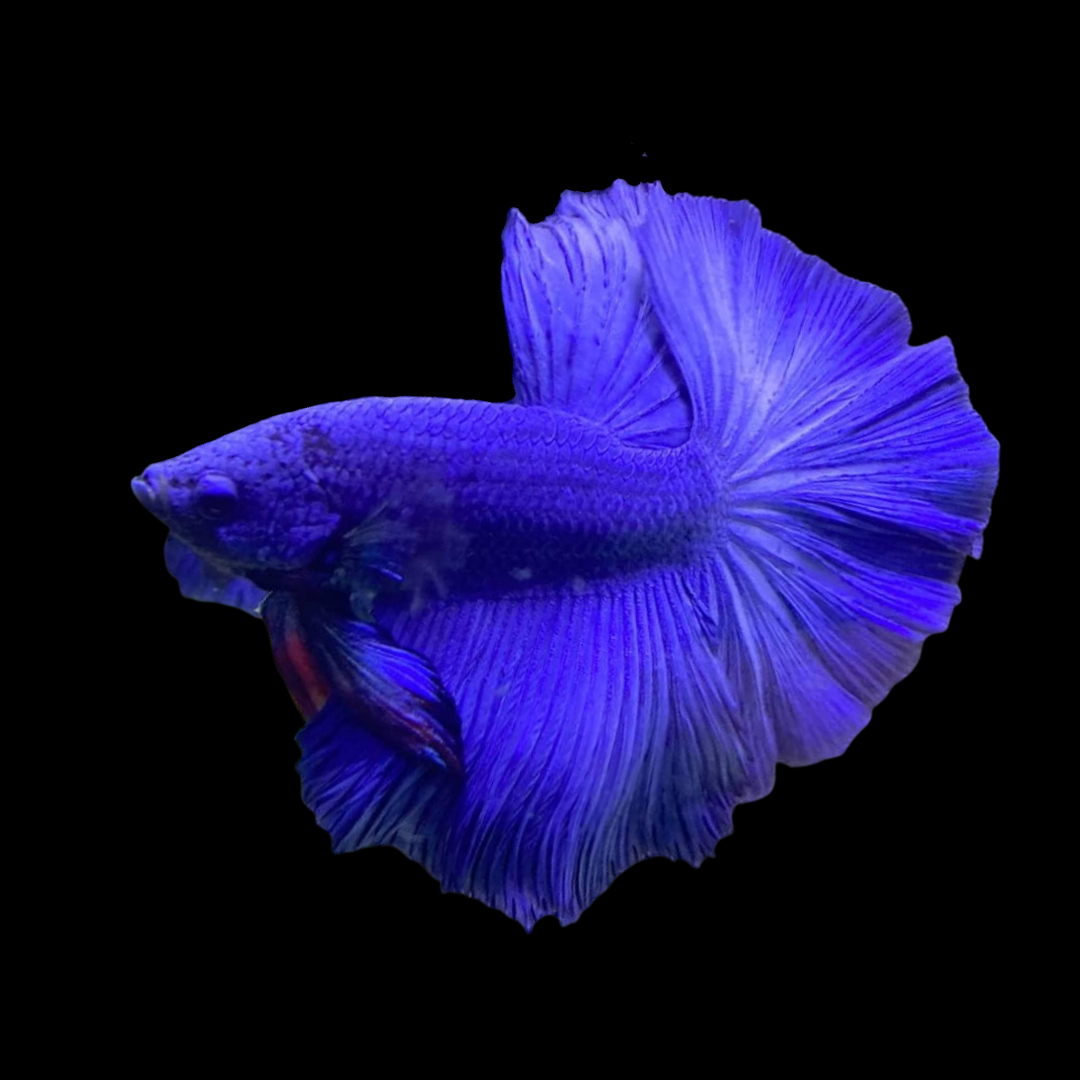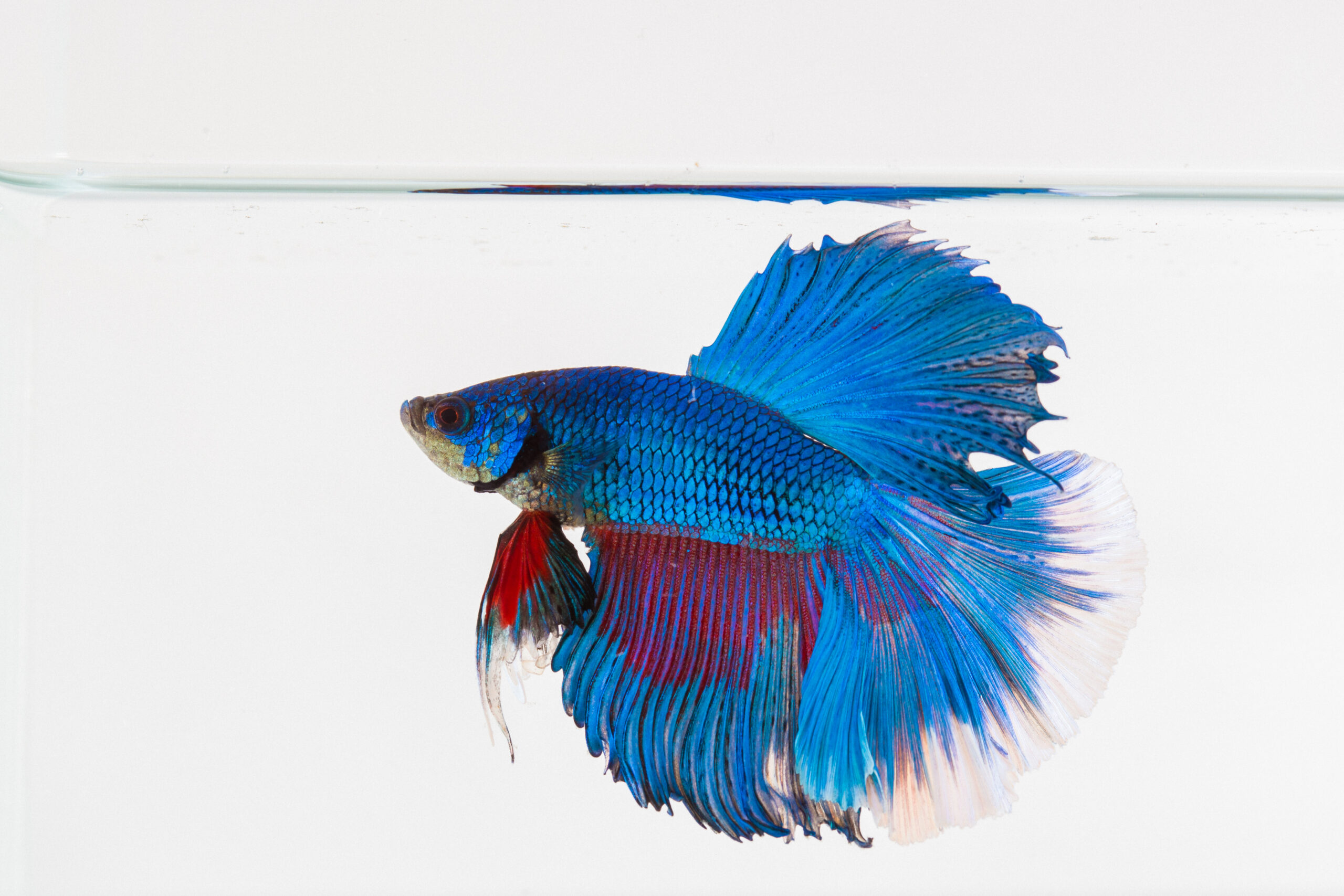How to Introduce Betta Fish to a Community Container Securely
How to Introduce Betta Fish to a Community Container Securely
Blog Article
Reproducing Betta Fish: a Comprehensive Step-By-Step Overview to Effectively Raising Child Bettas From Eggs to Adulthood
Reproducing Betta fish is a precise venture that calls for careful preparation and implementation to ensure the effective development of fry from eggs to develop fish. Selecting genetically varied breeding couple with preferable features is only the beginning; producing an optimum environment and comprehending the details of the reproducing process are similarly vital. As the male Betta diligently constructs a bubble nest and guards the precious eggs, the subsequent phases of treatment and transition need interest to detail and understanding of finest methods. Exactly how does one browse the tough yet gratifying path of nurturing these lively animals to their adult years?

Picking Breeding Pairs
When starting the trip of breeding Betta fish, choosing the best reproduction pairs is crucial to attaining desirable traits and a healthy and balanced lineage - betta fish. The very first step in this procedure is to determine the specific attributes you want to improve or preserve, such as shade, fin type, and body form. It is vital to pick genetically diverse sets to stay clear of inbreeding, which can lead to health and wellness issues and unwanted qualities
Review potential reproducing candidates carefully. A healthy male Betta needs to display vivid colors, an energetic behavior, and well-formed fins, while the lady ought to additionally present dynamic pigmentation and a rounded belly, suggesting preparedness for spawning. Observing the temperament of both fish is crucial, as hostile or overly timid people might not breed effectively.
Maintaining records of the parent fish's ancestry can assist you track genetic qualities and possible issues. Ultimately, spending time in the option procedure will dramatically boost the chance of creating solid, lively children that satisfy your breeding goals.

Preparing the Breeding Storage Tank
Producing an optimal reproduction atmosphere is a key action after selecting ideal sets for Betta fish. The breeding storage tank should be especially developed to provide convenience and stimulate the all-natural breeding habits of the fish. Start with a storage tank dimension of a minimum of 10 gallons to guarantee appropriate area for both the man and female Bettas.
Keep a gentle purification system to keep the water clean while preventing strong currents that can stress the fish. In addition, an air stone can be contributed to give oxygenation without interrupting the water surface way too much.
Temperature level guideline is important; go for a steady range of 78-82 ° F(25-28 ° C) utilizing a dependable heating system. The pH level ought to be kept in between 6.5 and 7.5, and routine water adjustments are necessary to make sure high water top quality.
Incorporate floating plants or spawning sponges to develop hiding areas for the lady, while additionally encouraging bubble nest building by the male - betta fish. Make certain the tank is totally free from sharp designs and any type of prospective dangers, as the well-being of the fish need to constantly be focused on throughout this essential stage of reproduction.
The Breeding Process
Normally, the my latest blog post reproducing procedure for Betta fish includes a series of unique and observable habits that suggest readiness for reproduction. The male Betta begins by building a bubble nest at the water's surface, which acts as a website for the fed eggs. This nest is essential, as it supplies a risk-free environment for the eggs until they hatch out.
As soon as the nest is developed, the male will display courtship behaviors, such as flaring his fins and exhibiting vivid shades to draw in the female. The female, upon picking up the man's readiness, will respond by showing vertical stripes along her body, signifying her receptiveness.
When the women techniques, the male engages in a mating dancing, usually causing an accept referred to as the "spawning." Throughout this accept, the female releases her eggs, which the male feeds promptly. The fertilized eggs after that drop to the bubble nest, where the male thoroughly collects and returns them to the nest. Following this, the male thinks obligation for securing the nest and guaranteeing the safety of the eggs till they hatch, generally within 24-36 hours. This phase is important in the breeding procedure, laying the structure for successful fry growth.
Taking Care Of Betta Fry
Caring for Betta fry requires careful interest to their atmosphere and nourishment to make certain healthy growth and advancement. After hatching, Betta fry are exceptionally little and vulnerable, necessitating a steady and tidy habitat.
Feeding Betta fry is similarly vital. They must be supplied infusoria or over here carefully smashed top quality fry food, as their mouths are as well tiny to deal with larger particles. As they grow, you can gradually introduce bigger foods, such as infant brine shrimp or powdered flakes, to ensure they receive adequate nourishment. Feed them percentages a number of times a day, taking care not to overfeed, which can lead to water quality concerns.
Transitioning to Adult Bettas
As Betta fry fully grown, transitioning them to grown-up Bettas is an essential stage that needs careful management of their setting and social interactions. This process usually begins when the fry reach around 6 weeks old, whereupon they can be gradually introduced to a more structured living setting.
To promote this shift, it is important to make certain that the water criteria-- such as temperature level, pH, and ammonia levels-- are ideal and stable. Grown-up Betta fish thrive in warm water (around 78-80 ° F) with a pH of 6.5 to 7.5. Progressively adapt the fry to these conditions to decrease tension.
Social communications are another crucial factor; male Bettas are infamously territorial and aggressive. It is suggested to separate males right into individual storage tanks as they grow. Women Bettas can be housed together, however treatment should be taken to check for signs of hostility.
In addition, dietary adjustments must be made as the fry expand. Incorporate top notch pellets and live foods to support their growth and health and wellness. By taking care of these factors efficiently, you can advertise an effective change to adulthood for your Betta fish.

Verdict
Effective reproduction of Betta fish needs cautious attention to information throughout the whole procedure, from choosing genetically diverse pairs to giving optimum look after fry. By why not look here making sure appropriate breeding problems and preserving water high quality, the possibility of healthy spawn boosts dramatically. Furthermore, a balanced diet regimen and progressive adaptation to adult settings are vital for the development and advancement of Betta fish. Following these actions carefully fosters a growing population of Betta fish, boosting both their health and wellness and vitality.
Report this page